
New in TOXstreams live show: inCLUEded, a chronicle about inclusion and gender equality in STEM, by Aurélia Boige.
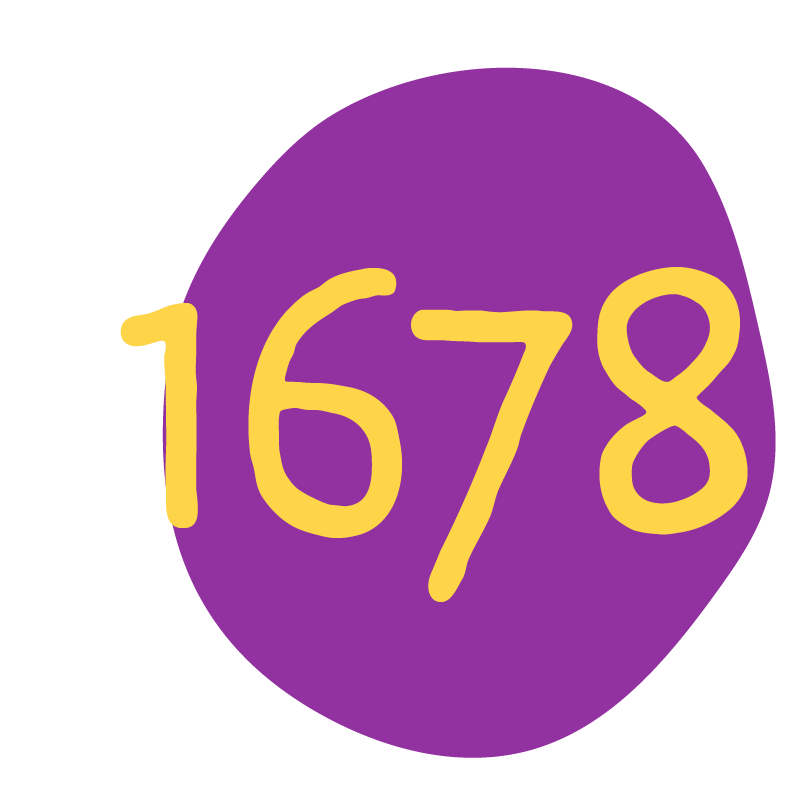
First woman to obtain a PhD
in the world

Number of women to get a PhD
before 1800
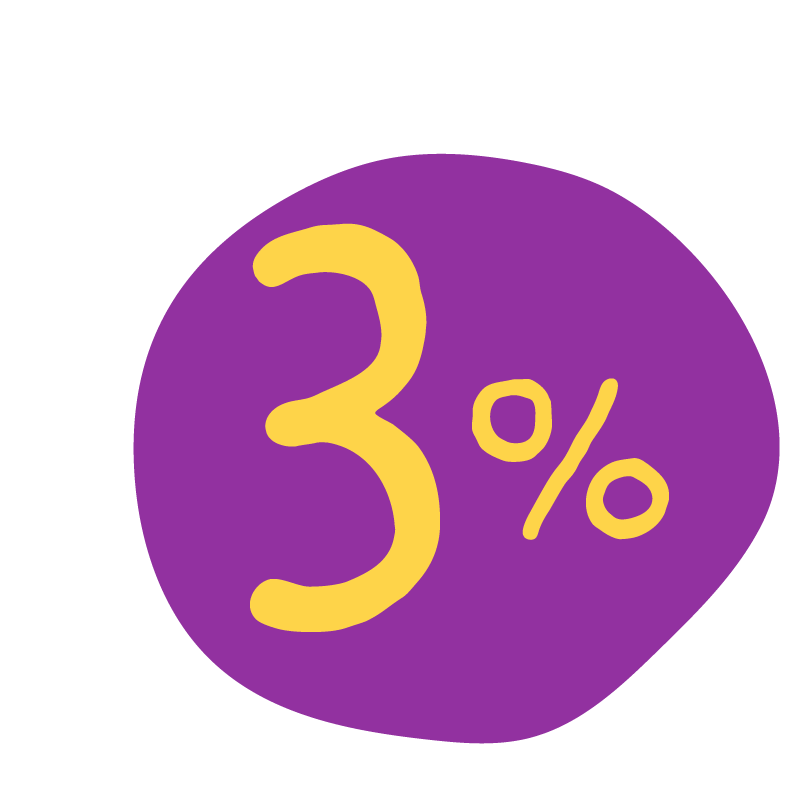
Percentage of women in universities in France in 1900

3 First colored women obtain PhDs
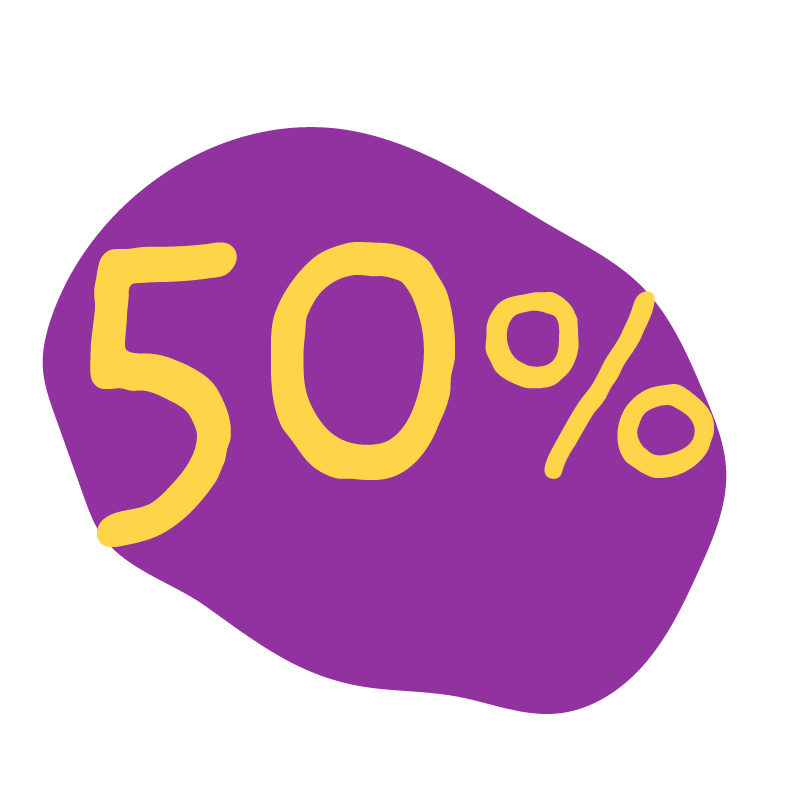
Women are as numerous as men in universities*
After many years devoted to the study of philosophy, Italian aristocrat Elena Cornaro Piscopia became the first woman in history to obtain a PhD. It was the year 1678, and this historical moment did not occur without a fight: the Bishop of Padua initially refused to allow her to pursue her education on the grounds that she was a woman.
This milestone, however, did not open the door to many more women in the world of academia, and before 19th century only 9 women had been proclaimed doctors, and most of them studied philosophy.
At first, universities did not have any specific rule that forbid women to enrol in class, and towards the second half of the 19th century more and more women started to pursue higher education using this « security breach ». They were called « the pioneers ». Although they were still a minority (in France, only 3% women attended university in 1900), universities updated their regulation to stop women from obtaining a diploma. Institutions often argued that academia was not the place for women, and that allowing them to study next to men would lead to “frivolity” in the sector.
Little by little, more and more women challenged these ideas and obtained a PhD: Russian Nadezhda Suslova in 1867, American Helen Magill in 1877 and French Louise-Amélie Leblois in 1888 were some of them.
Race was another factor of discrimination of women in academia: only in 1921 African American women (Sadie Alexander, Georgiana Simpson and Eva Dykes) were proclaimed doctors.
Still, women who did surpass these barriers on education often found themselves other major roadblocks once obtaining a PhD. Most of them faced discrimination and sexism when they tried to build a professional career, and they could never work at the same level as their male counterparts.
Even if the road for women in academia has been easier with time, women and girls still struggle to access higher education around the world, whether it be for institutional bans or social expectations placed on women. Today, women only represent around one-third (32.8%) of the total population of researchers at the European level.
On top of that, the pay gap between men and women stands at an average of 12.7% in the European Union. Studies show that, while most students of science masters are women, they tend to quit the sector at higher rates than their male colleagues. The pay gap and lack of women in senior positions in STEM could be some of the reasons that explain this “leaky pipeline”.
To counter this phenomenon, the European Commission has launched ACTION 13, to close this gender gap in academia and encourage women´s participation in STEM careers and ensure the total inclusion of women in the digital economy by 2027.


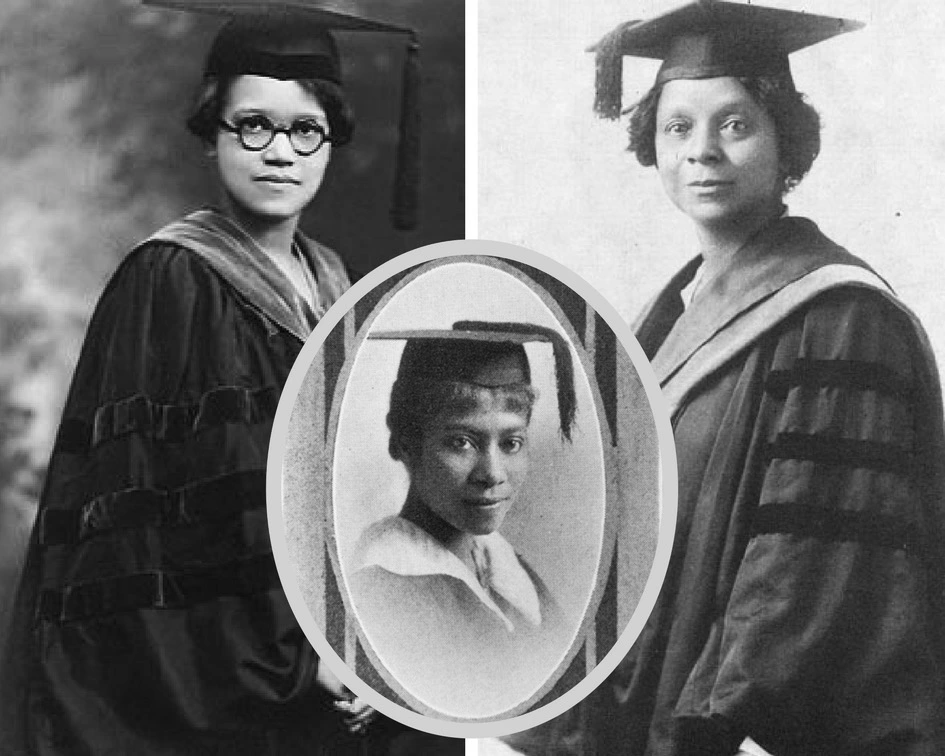

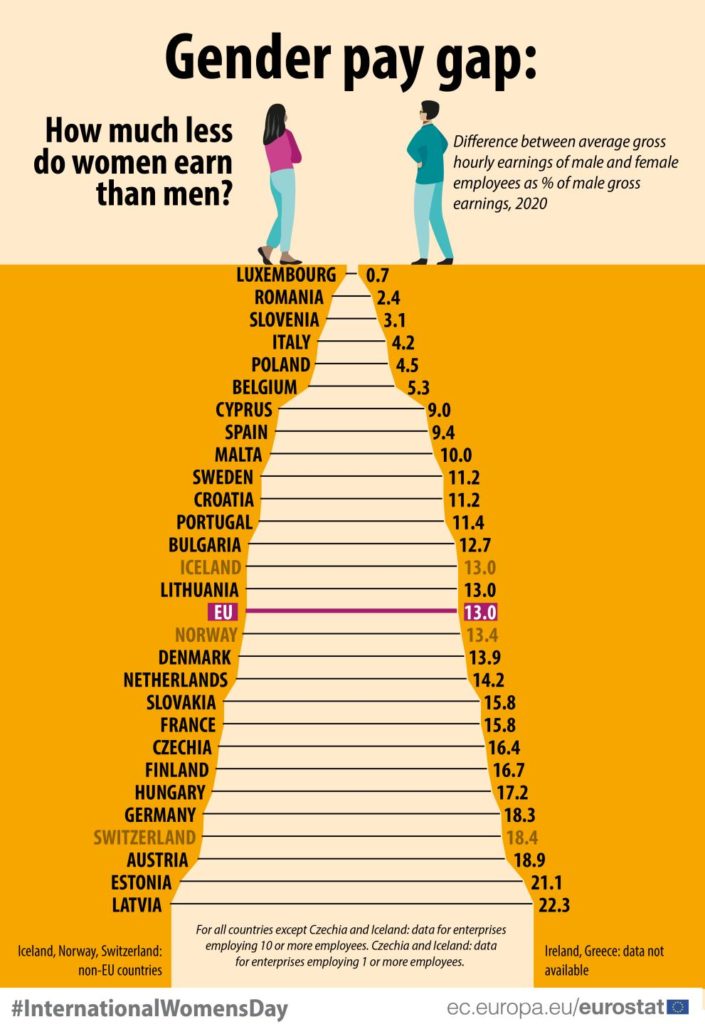


Number of women students in universities in Europe in 2020
(out of 651 000 total)
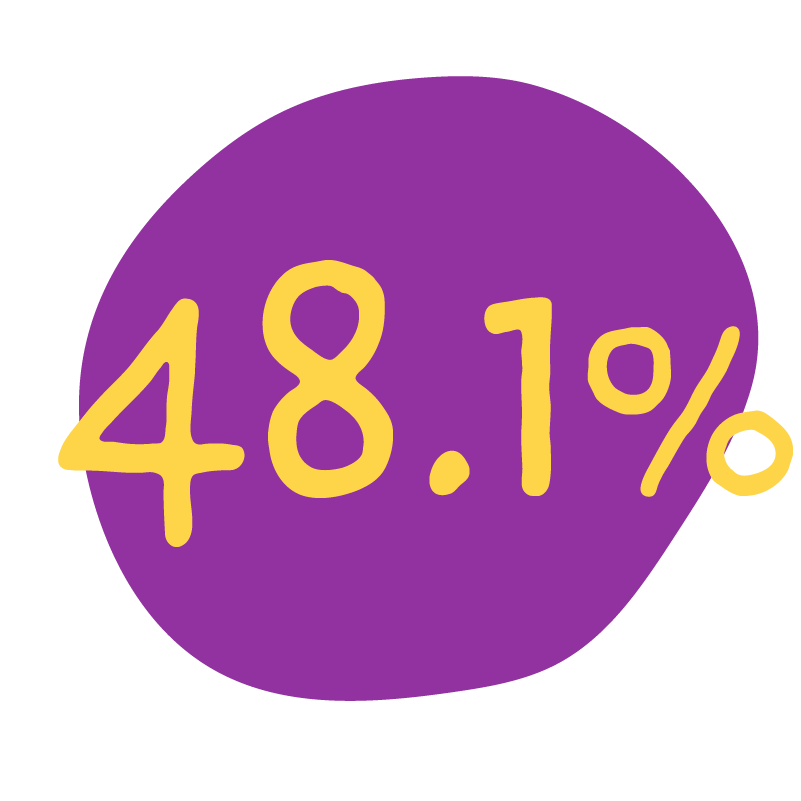
Women doctoral graduates in research and innovation fields

Women professionals in research and innovation fields
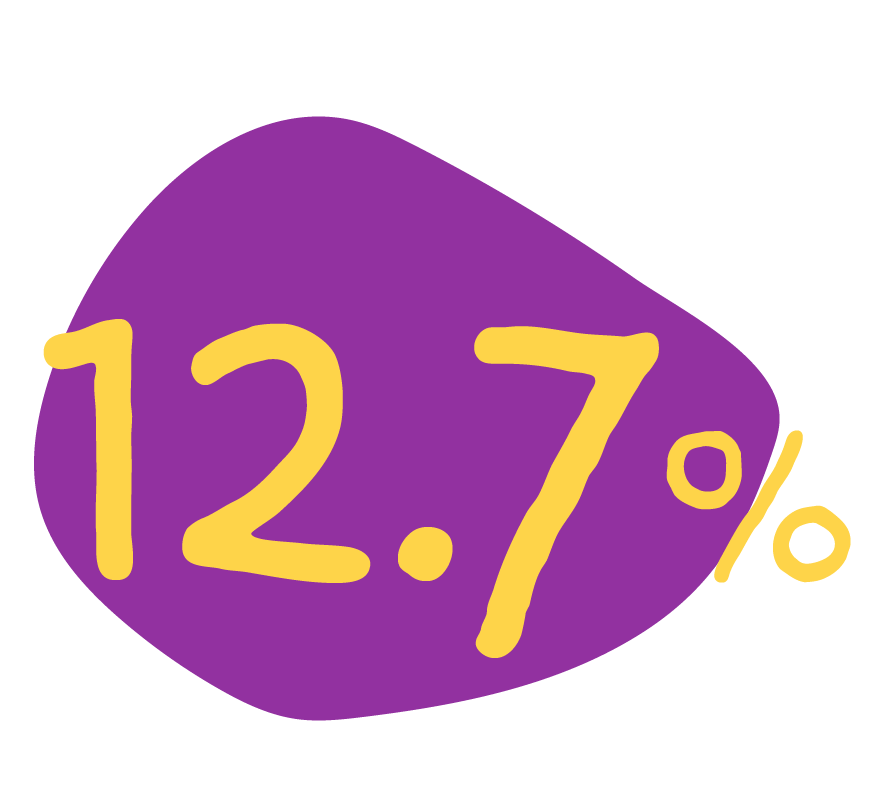
Average gender pay gap in Europe

Action13: European Commission plan to encourage women´s participation in STEM studies and careers
* In Europe and USA
links and ressources:
https://education.ec.europa.eu/focus-topics/digital-education/action-plan/action-13
https://education.ec.europa.eu/event/women-and-girls-in-stem-forum
